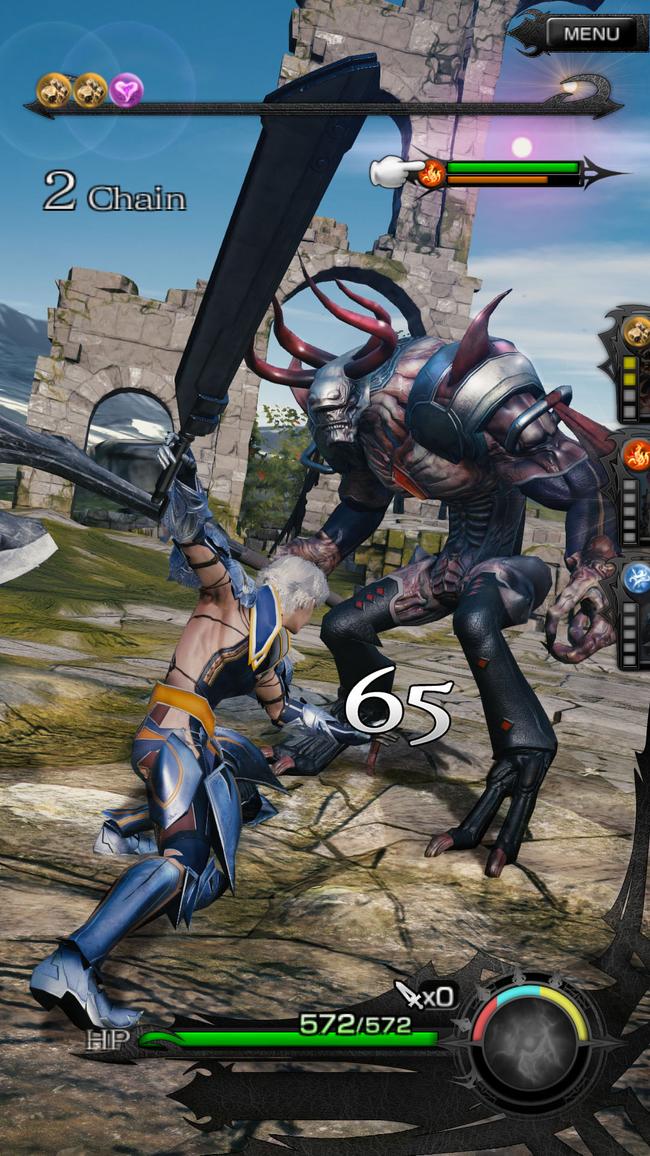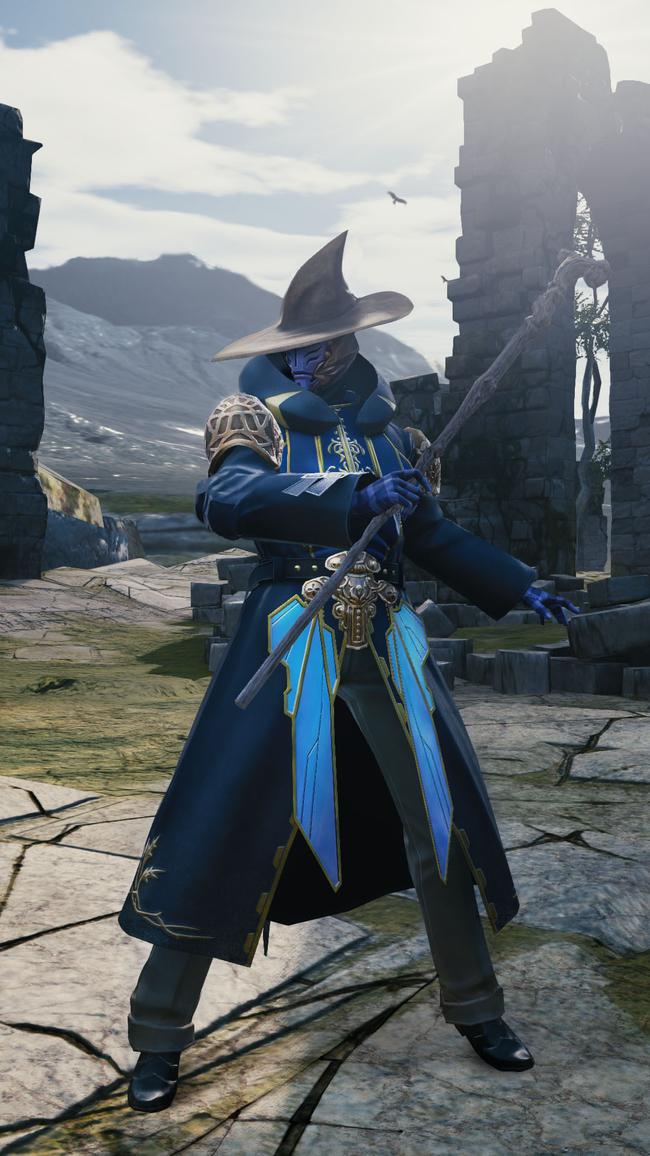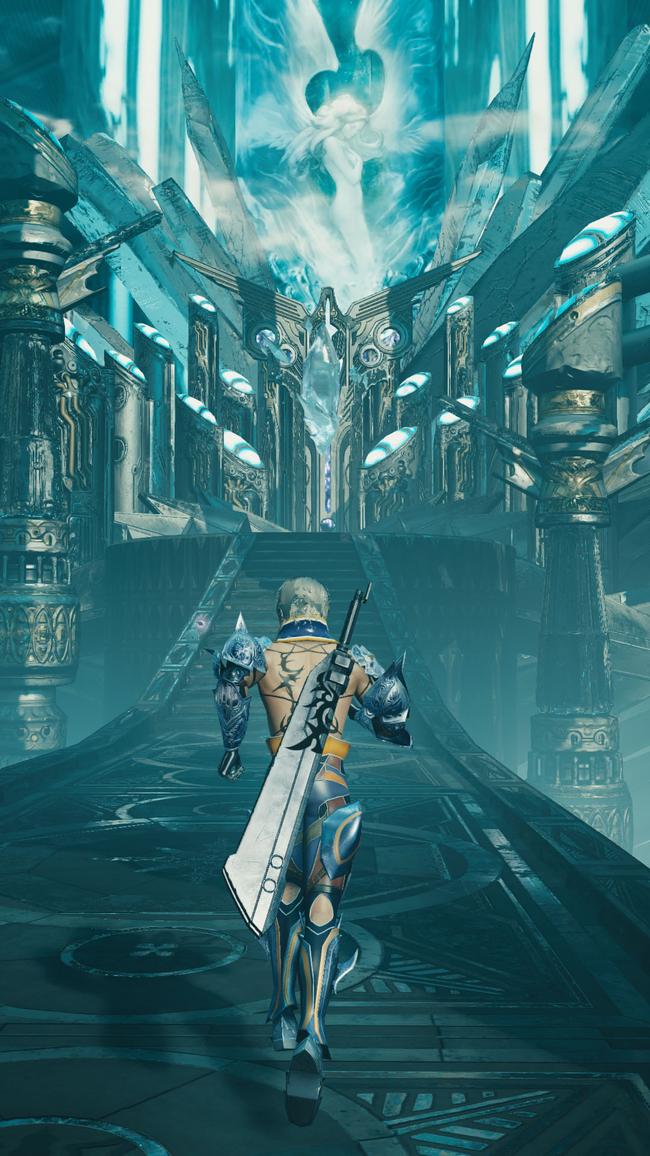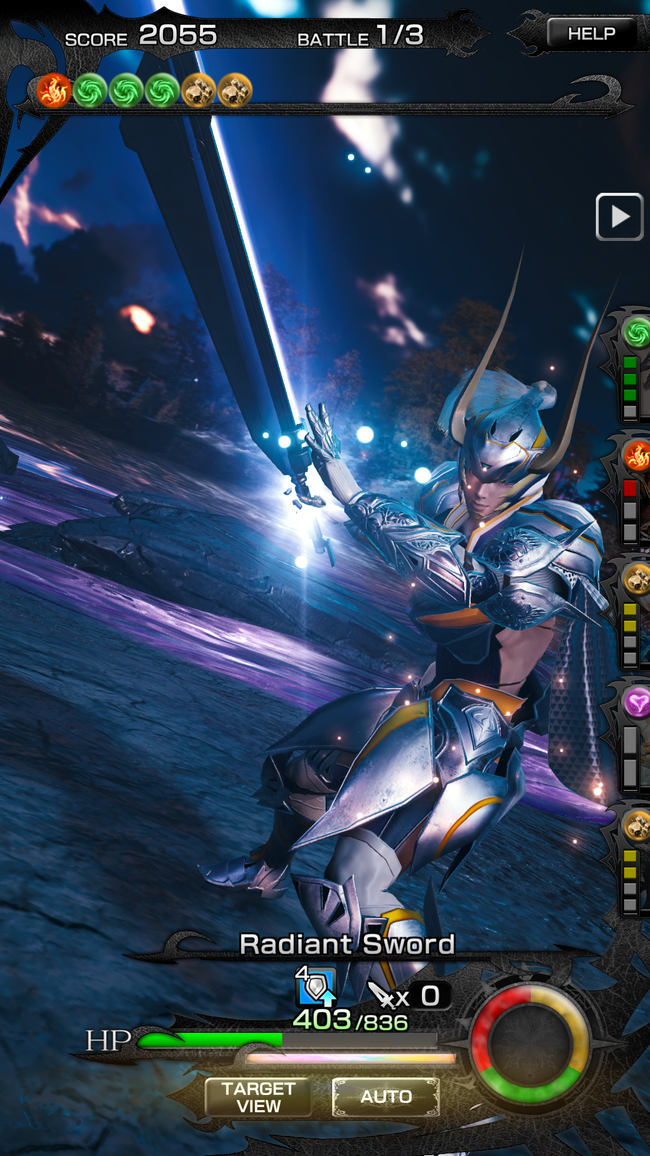
Four Years Later, I Still Miss Mobius Final Fantasy
Imagine for a moment: it’s 2016 and you eagerly await the new entry in a popular RPG series. Boasting sharp graphics, energetic musical themes and arrangements, and thrilling combat, the game boldly lays out an exciting vision for the future of Final Fantasy. It’s “Noct” what you think it is. The game is - or perhaps more accurately, was - Mobius Final Fantasy. More than a spinoff or gacha cash-in, the made-for-mobile gameplay combined with an original story and sleek presentation is a rarity in Square Enix’s mobile repertoire. It’s a title that has been banished offline for nearly a half-decade, and one that deserves a second chance.
Previously relying on ports of classic games or a few other original offerings, Mobius Final Fantasy was Square Enix’s first attempt at crafting a console-quality gaming experience for mobile devices. Released in Japan in June 2015, and worldwide the following year, the development team was a shortlist of Final Fantasy veterans. Credits for the title include Motomu Toriyama, producer Yoshinori Kitase, and scenario writer Kazushige Nojima (Final Fantasy VII). After working on the Final Fantasy XIII trilogy, Mobius is also where Naoki Hamaguchi cut his teeth as a project lead before working on the Final Fantasy VII Remake series. The development bench for Mobius was certainly stacked - Square Enix used this heritage as a selling point when announcing the game’s Western release.

Likewise, the game’s production values were another high point. Using the Unity engine, Mobius was able to deliver quality, 3D character models and environments which was relatively uncommon for the series’ mobile offerings at the time. The character and enemy models were at times familiar - think Marlboros and Chocobos, among others - and audacious, including a minor pre-release scandal when the scantily clad playable character’s attire was redesigned after complaints over how much of his skin was showing. These players must have had a field day with Stellar Blade, right?
The presentation was rounded out with knockout arrangements from Mitsuto Suzuki, a personal favorite who is responsible for some standout tracks from The 3rd Birthday, Lightning Returns, and more recently, Final Fantasy VII Rebirth. Not only are we treated to his electric arrangements of series classics, but also a significant amount of original work prepared just for the game, replete with at least three official soundtrack releases. From a technical standpoint, Mobius has strong Final Fantasy DNA baked throughout. That’s great, but was the game itself worth playing?

Mobius has players control an amnesiac transported to the world of Palamecia in hopes of becoming the prophesied Warrior of Light needed to save the world. Along the way, players will make friends with Princess Sarah Cornelia and a traveling moogle companion. The story liberally borrows elements and characters from the original Final Fantasy, but the borrowed elements feel more thematic than any sort of narrative tie - and in retrospect, reminds a bit of Stranger of Paradise: Final Fantasy Origins’ use of Garland and other elements from the first Final Fantasy.
Gameplay typically involved players exploring through a world map or small zones, with players generally moving from battle to battle. While players aren’t necessarily running around large open zones, there is still a sense of exploration across the various landscapes. The streamlined world map likewise provides the similar thrill of discovering hidden locales and items, as players could visit optional instances and daily dungeons. Other classic RPG elements are maintained, providing a sense of progression when unlocking new jobs, abilities, or skill cards to use in combat. While the game has the hallmarks of an oft-maligned gacha title - here we have a dreaded Stamina system, cards to pull, and the like - it feels separate and distinct from the remainder of the game, almost as if tacked on at the end of development and not the sole basis for the game’s creation.
Combat is the bread and butter of Mobius, and is where the game shines. Easy to learn and execute but deceptively complex in preparation, combat involves deploying basic attacks to accumulate colored orbs in order to use special abilities. Easy enough, even with players also monitoring the enemy’s break/stagger bar and being mindful of elemental attributes. Combat is usually simple enough where auto-battle works, but only if the proper deck is equipped, thereby allowing use of particular abilities in combat. Characters, jobs, and ability cards all have their own individual levels which grow with experience and can be fused to grow even stronger.

For the limited event sickos, there was plenty to whet an appetite as well. Mobius was proud of its many collaborations with other Final Fantasy titles, including XIII, X, and even a pre-release Final Fantasy VII Remake. It’s a bit funny, getting your first glimpse of high-def Remake Cloud a few years early, on your iPhone, in a completely different game.
Mobius represented a sweet spot of ingenuity and technical competence after a rocky transition into the HD era. What set Mobius apart - perhaps even more so now, a decade later - is that it was not a cynical cash grab with a paper-thin excuse to throw fan favorites together. It very much felt like a game first, and gacha second. Mobius wasn’t exclusively designed to lull you into buying crushies, gems, or other in-game currency. It felt like an actual game meant to be played.
Unfortunately, it can’t be played in any capacity. Global service ended in June 2020 with no explanation. As it’s been over four years since the game ended, It’s been gone longer than it was even in service. Are you reading this and wanting to play Mobius Final Fantasy? Sorry, you can’t! All I’ve got for would-be players are some outdated screenshots, YouTube videos, and a few OSTs. Forum posts and YouTube comments are peppered with the same lament: Man, I really miss this game.

Square Enix wanted to make a console-quality experience for mobile games, and they largely succeeded. However, the game’s continued absence stings, aside from being unfriendly to consumers. These are choices the company continues to make, leaning into their mobile offerings just long enough for players to become comfortable, before pulling the rug out from under them. It’s an ugly practice that reminds us that for many mobile titles, the consumer is the product.
Although Square Enix could surprise us with an offline version of the game - they’ve done it at least once before with the Western release of Final Fantasy Dimensions II. Sadly, there’s been nothing but silence since curtain call on the Warrior of Light four years ago. It doesn’t look like we’re returning to Palamecia anytime soon. It’s a shame, since Mobius Final Fantasy could really benefit from a re-examination from players- if only Square Enix would give them a chance.